Released today (29/01/2018) The Frozen Road is an impressive work; both riding the route in winter in the first place, solo, and documenting the journey to such a level. We chatted with him at Kendal Film Festival back in November and asked him a bit more about the film – the inspiration, the experience, the logistics, and then more about the rest of his world bike tour…

Pannier [P]: Ben, your film The Frozen Road charts a short-ish section of your round-the-world journey by bike – where and when did it fall? I think we picked up your ride when you were riding with Cass in Georgia…
Ben [B]: I started out on my ride from Ushuaia, at the southern tip of South America, and began pedalling north on what would become a three-year bike ride home. After fifteen months, I’d made it up to the Yukon Territory in Canada and was about to cycle to the shores of the frozen Arctic Sea in winter…
–
P: Tell us a bit more about the motivation and route behind The Frozen Road- why Tuktoyaktuk? Had you planned to ride this section in the early days of trip planning? As you say, it’s one of the last great wildernesses, and being from the UK. “you rarely ever even see snow”…
B: I’d actually never thought of going up to Tuktoyaktuk, the initial plan had been to ride through the Yukon and then cross over into Alaska and up to Prudhoe Bay, which is roughly 1 degree latitude further north than Tuktoyaktuk! Sadly, I didn’t get clearance from the US Border folk to do what would be an illegal crossing from Canada into Alaska…so I looked at a map and decided instead to ride to ‘Tuk’ – one of the furthest settlements north on mainland Canada.
I had always been quite set on riding through the far north in winter, it seemed like a fantastically hard challenge and something which had filled me with various degrees of dread – which usually means its something you should do. The routine of riding over the previous year had become pretty hard set and I was looking for something to really push myself – this winter ride really ticked that box!
–
P: The highways were driven and some tracks trodden, so you could see the route ahead of you but the section before the Peel River, for example, just seemed to be fresh snow tracks – how were you navigating > just a case of heading north?
B: The first half of my route, from Whitehorse to Dawson City, was along small dog sledding trails that roughly followed the path of the Yukon River. These were trails that had been used throughout the previous century as a way for people to move between these two important gold prospecting settlements in winter. Luckily for me the Yukon Quest Race had passed through a week or so earlier which meant the trail was well compacted and easy to navigate. After reaching Dawson City I then followed the Dempster Highway which really was a case of just heading north – there wasn’t any other road to follow! The Peel River was a different proposition however – I was following the river as it meandered its way to the sea but there was the constant worry that I would take a tributary by mistake during a storm or a white out. Thankfully I didn’t…
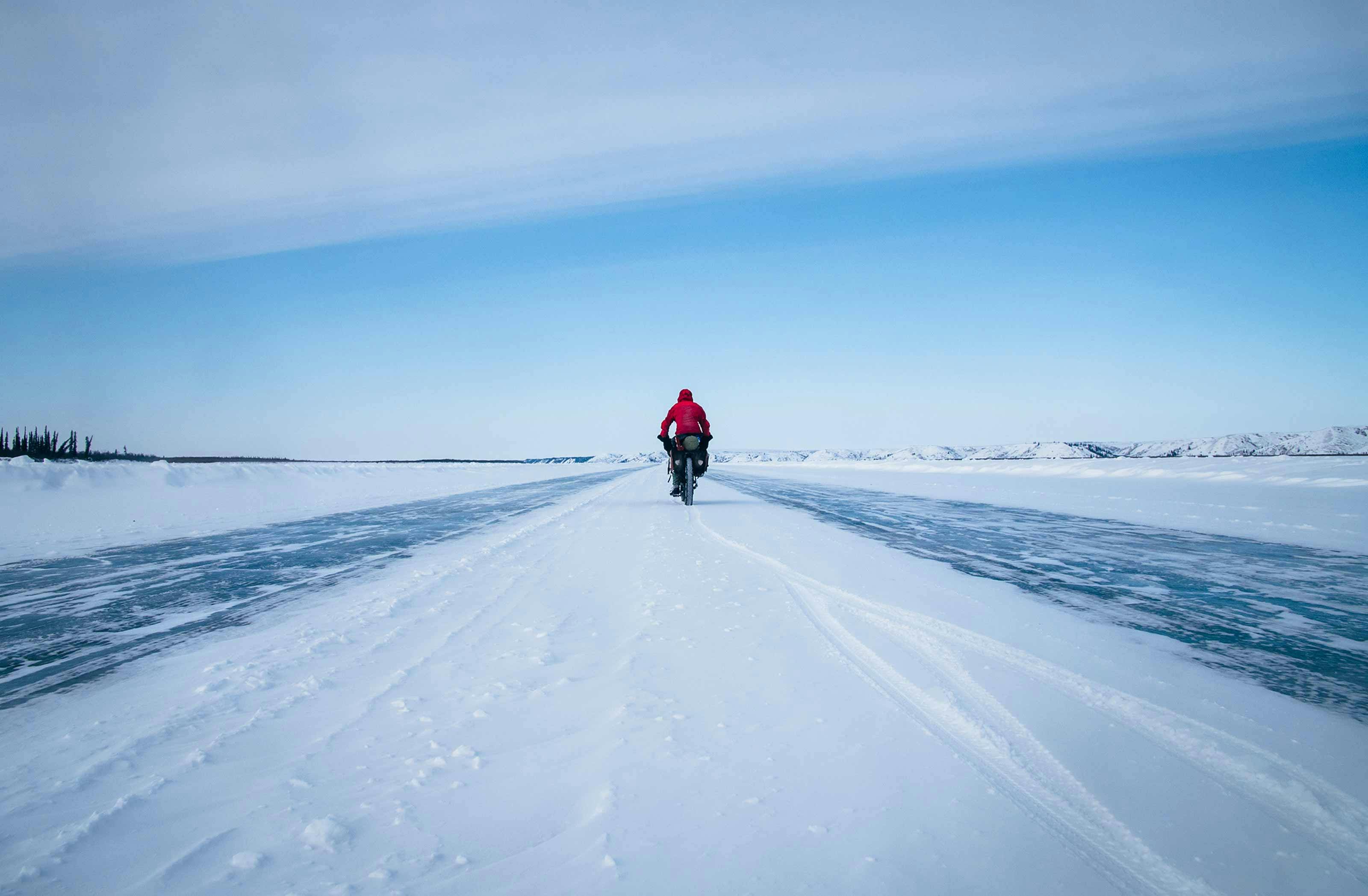
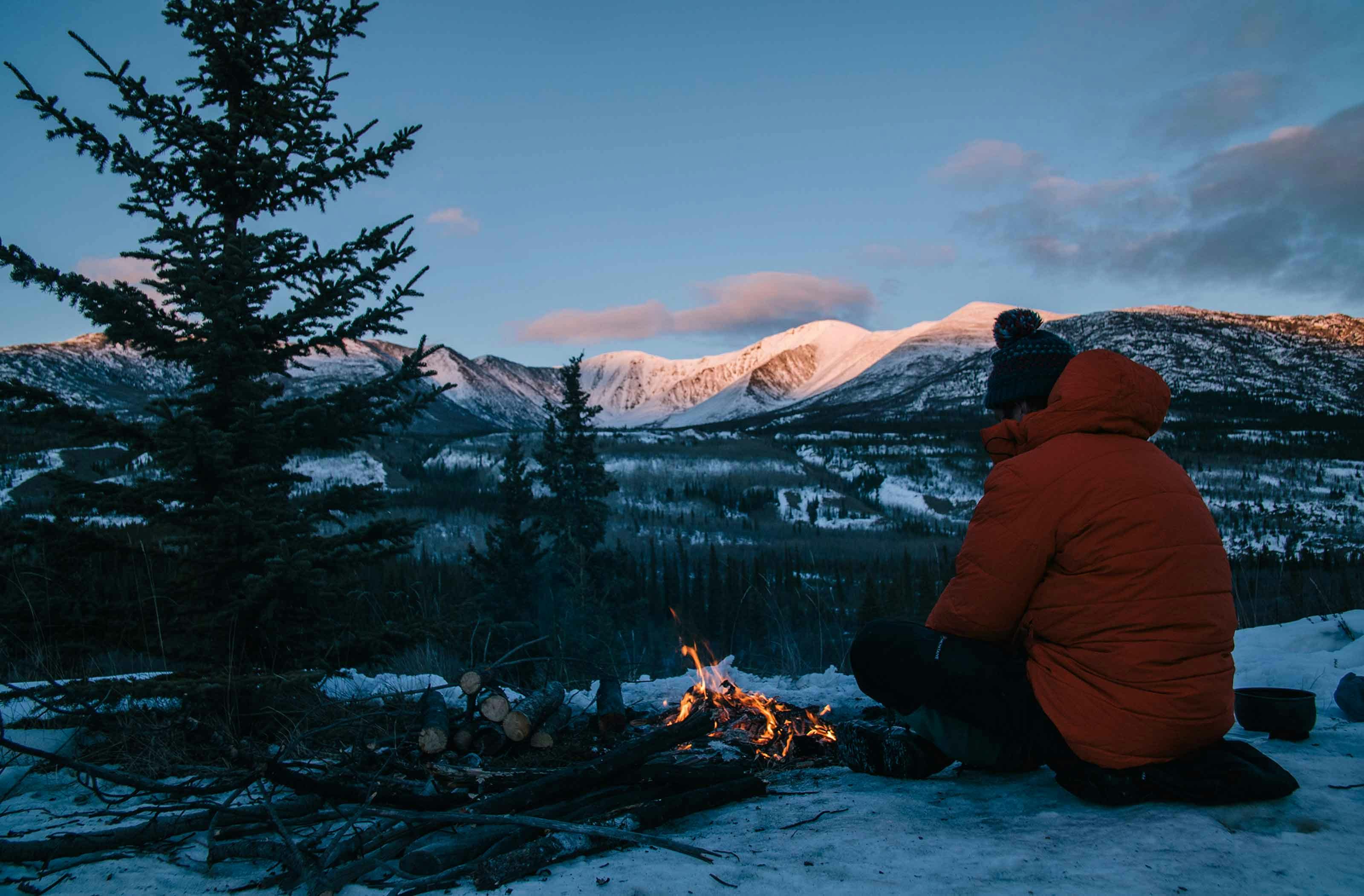
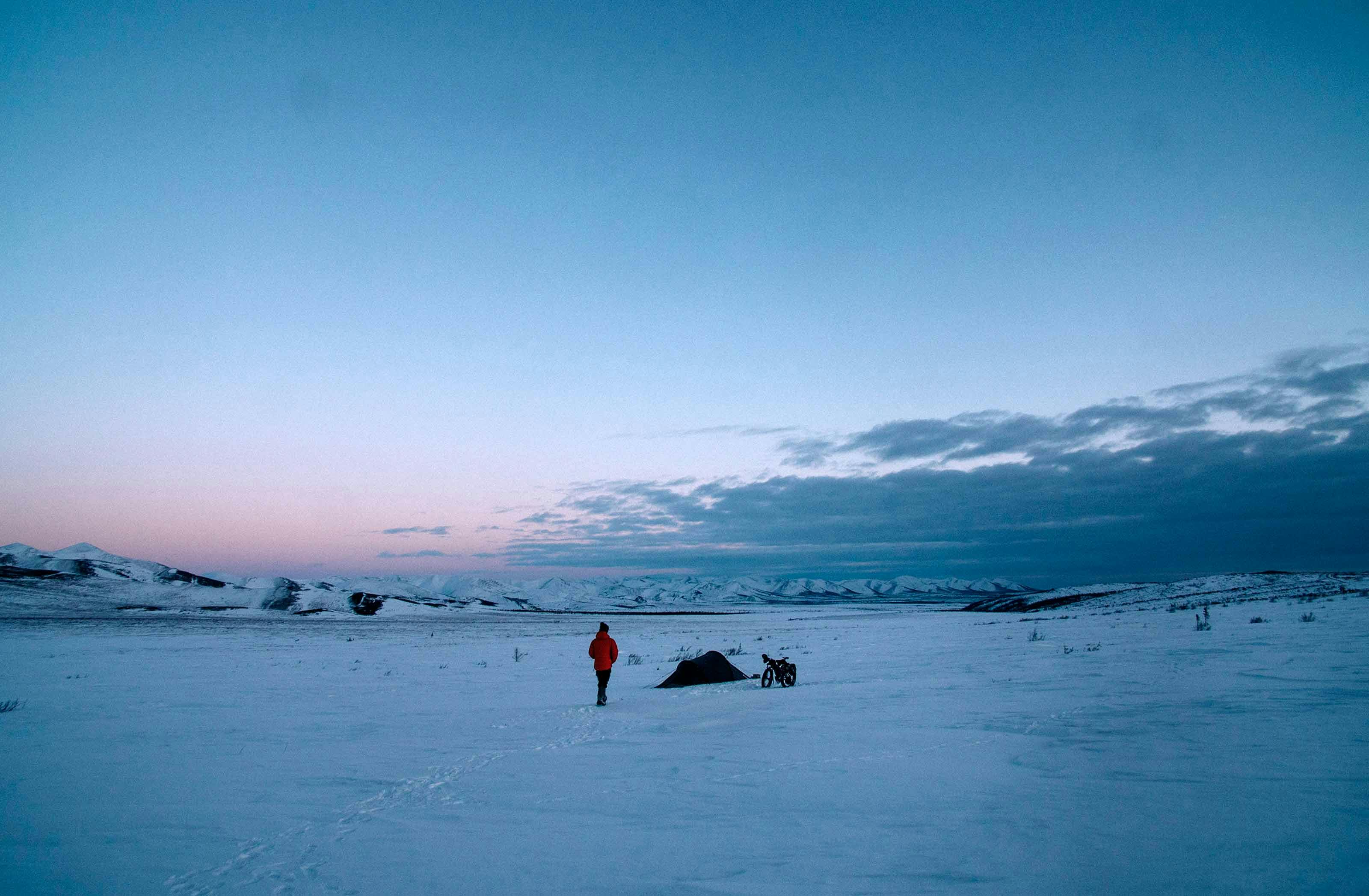
P: Camping out looked like a dream, in good weather. What were the top tips you acquired camping in -20degs? Any bodged hot water bottles?
B: It was dreamy, especially in the southern part of the ride where the temperatures were a little warmer. By the time I had reached the Arctic Sea temperatures were down to -40C which really is chilly! The best tip is to have a good sleeping bag and a good VBL (vapour barrier liner – I just used a bivvy bag…). It’s rarely the cold that is hard to deal with – dry cold is quite easy to protect against. Instead it’s the moisture that your body gives off, this collects in the down during the night and freezes, obviously ruining the warmth of the bag – and there aren’t many opportunities to thaw a sleeping bag out up there! I did actually start with a little hot water bottle – just a plastic bottle that I would poor some heated water in at night…but one day I over heated the water and the bottle began to leak in my sleeping bag. What a frantic moment of panic! Thankfully the spillage was only small and so the bag didn’t turn into an ice cave…but it was definitely a lesson learned not to mess around with water near my bag. Ruining a sleeping bag in those conditions could spell disaster.
–
P: The little log cabin also looked like a dream. Are there many of those dotted about, or was that one you spent the night the only one you saw?
B: There are actually quiet a few of those log cabins dotted around, usually used by people in the summers as a base for fishing. The common practice up there is to leave the cabins unlocked just in case somebody needs to use one as an emergency shelter – I had spoken to a person in Whitehorse before I left who had said it should be okay for me to spend the night where I did so I had the cabin marked on a map and had aimed to reach it by the end of one of the days. I don’t know about you, but a small remote log cabin out in the Canadian winter wilderness had always been a little dream for me, so it was wonderful to be able to experience that.

P: “Its important to feel small sometimes” – is the Canadian Arctic where you felt that the most on your round the world trip? Anywhere else?
B: Apart from the Arctic Sea my views were often filled with endless stretches of hills and mountains and forests; it was relatively rare that I had vast expanses of snow/ice plateaus in front of me. Knowing that you are following a single track or trail and that, in all other directions, for hundreds of miles there is nobody else there, is a wonderfully humbling experience – it was one of the factors which drew me to cycle up there in the first place.
But being humbled by the landscape around me was not just limited to being up in the Canadian Arctic, it was something I often felt whenever I would set up my tent for the night, in and amongst some of the most beautiful places the world has to offer. It’s a powerful feeling to feel small and out of place, and when you’re carrying a bike through the mountains you certainly feel out of place! I’d love to go back to so many of those camp spots and bathe in the tranquillity of the surroundings again!
–
P: The big question – making a film in the Arctic, on your own. Did the camera kit all work out in the freezing cold? Battery Life? How many batteries? All strapped to your body?
B: Yeh it’s a pretty daft idea isn’t it! And especially since I had only picked a camera up for the first time when I began my ride in South America so I wasn’t particularly experienced…but I had plenty of practice of cycling backwards and forwards in front of the camera…
In order to have enough battery life up there I carried 8 camera batteries with me (2 ‘real’, 6 third-party) and a battery pack. These I kept in pockets next to my base layers so they never got too cold. I was able to charge them a few times throughout the month long ride when I passed through a village and slept in churches. The camera iced over a lot of times, and each time I would set up a night timelapse to capture the northern lights dancing overhead it was a risk. Each attempt would use two batteries up and would end up with ice all over the camera. I had a Panasonic GH4 which, supposedly, was weather sealed. Thankfully it never kicked up too much of a fuss, however did take a hell of a beating during a Saharan sandstorm later in the trip – I arrived back home with half of the desert in my camera!
–
P: Three days pushing, and yet you still wandered off-route to set up shots. Did you know you had the makings of a good film at the time, is that why you kept doing it? Was it a film for others, or just to document your own trip?
B: When I’d set off on this part of the ride I knew that it would make an interesting short film. Over the previous year of riding I’d been slowly teaching myself how to shoot and edit films, and so I saw The Frozen Road as a creative challenge as well as the shear physical and mental one too. The crux moment in the journey was when I was riding down the Peel River and got trapped after a heavy storm. For three days I pushed my bike and it was a really difficult few days, levels of fear and worry I’ve not experienced since. I was in perhaps the most dangerous situation of my life, -30C temperatures, rationing food and being followed by a pack of wolves hidden in the forest that stood on the banks of the frozen river. However, if you write all those elements down you know that they make the perfect ingredients for an ‘adventure’ film. So I had this competing mind which was saying “forget the camera, just get out of this situation safely” and conversely “if you want to make a film you have to document the times when things are hard”. In truth I actually shot very little during those few days, almost every shot I took made the final edit, but having survived it without a scratch I’m happy that I documented it and am able to share some of the experience with an audience.

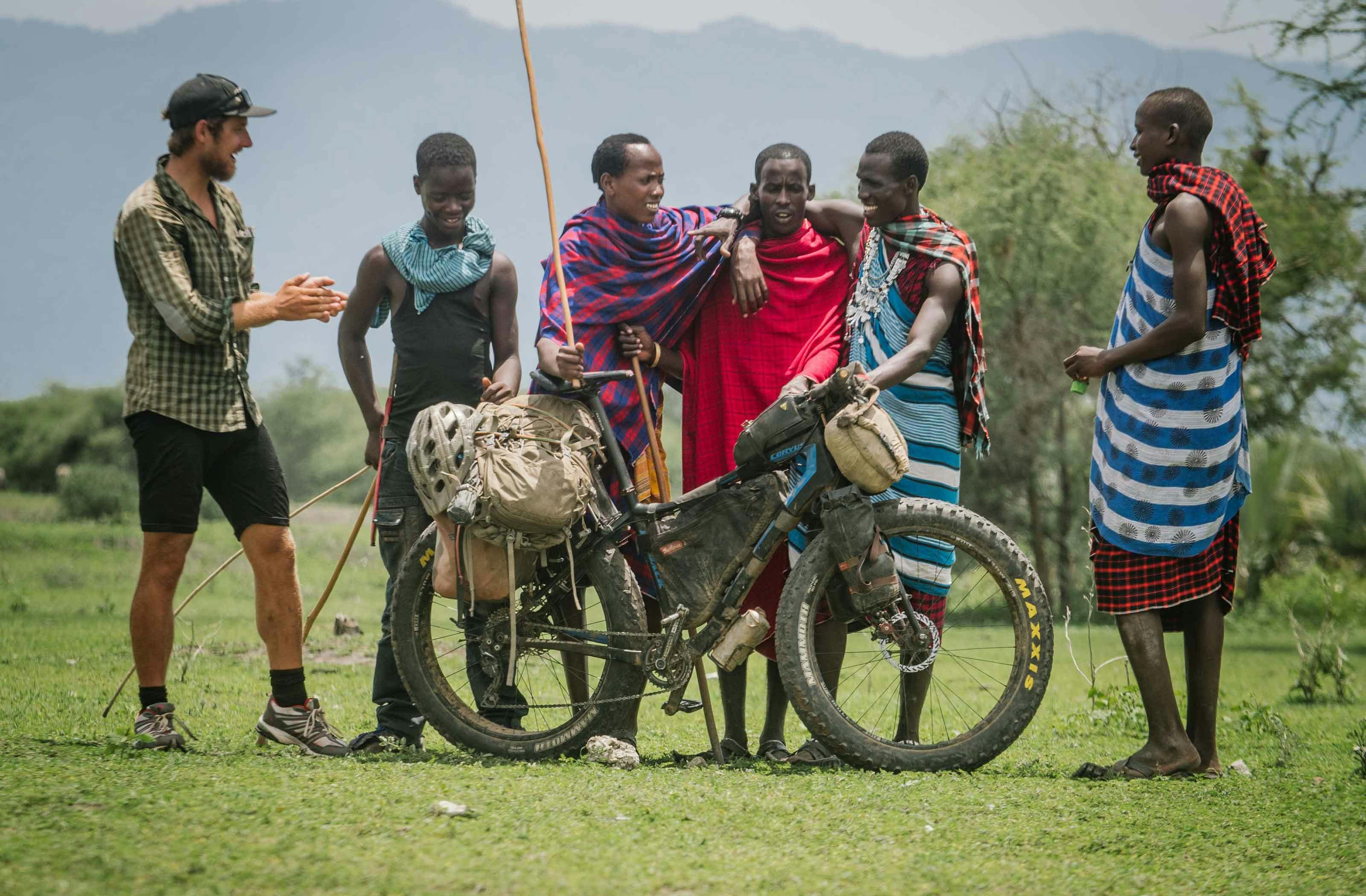
P: The Bike. Tell us a bit more about your bike and setup – were you riding the bike that you’d ridden the rest of the trip on, or pick up a new winter bike?
B: I rode through the northern Canada on a fatbike, which I then continued using whilst cycling across Asia, Africa and Europe for the next 18 months. I’d been wishing to change my bike touring set up to a bikepacking one ever since I set off, but could hardly afford a new bigger tyre bike. Thankfully I got in touch with the wonderful folk at Fatback Bikes, a small fatbike company based out of Alaska, and they agreed to become a bike sponsor for my ride. I knew I needed a bike suitable for all the snow I was going to experience, and, because it was carbon fibre it was really light as well. It certainly made people give me a second (or third) look when I rode into small Asian or African villages, most people I met had never seen a fatbike before (understandably) and all too often thought it was a motorbike… They would start searching the bike to find the motor as they didn’t believe that a normal bicycle could look like that!
–
P: The Kit. Winter specific items like ski goggles, boots, shovel etc – were these things you acquired as you went, through experience, or knew that you needed/ prepped before? You were doing a ski season in Vancouver, right? So had some time to get used to the climate and acquire some kit…
B: Yes, I had got a work visa for Canada and some friends were doing a ski season in British Columbia so I decided to work for a few months to sit out half of the winter. This allowed me to prepare a little for the ride to Tuktoyaktuk as everything I had with me I had carried all the way from the bottom of South America. I tried to do some research into cold weather gear, but the information on the internet seemed to be in short supply. I’d taken a job at an Arc’teryx store knowing that I would get some hefty staff discounts on some of the gear I needed so I managed to get a couple of down jackets, an outer shell, gloves and thermals. I used my dad’s old mountaineering sleeping bag ,which was still good to -40C, and bought some second hand military boots off eBay which had a wool liner and said they were tested to -30C. Ski goggles and shovel I managed to pick up in a second hand store in Whistler!
–
P:The Kit. Most valuable/unnecessary items on your winter riding section?
B: Most valuable, for me, is always a warm down jacket – so so nice to throw on at the end of a long day and definitely provides additionally safety for warmth if you need it. By the end of the ride I was sleeping in all my layers in my sleeping bag! One of the things I used the least was actually a shovel. I thought it would be foolish to ride without one but I rarely ever used it. I probably should have taken a small little hatchet with me too to make collecting firewood a little easier/faster…
–
P: Riding Solo. At one point you mention the duality between solitude and loneliness, and maybe wanting a partner to share the experience with, and the burden of decision-making. What are the pro-s and cons of solo vs. group riding?
B: The dualities of solitude and loneliness were really pronounced during my ride in Canada and this became the backbone of the film I made. The most powerful experiences that I’ve had, and the most formative too, have been whilst doing something on my own. The highs are so strong and being alone you learn a tremendous amount about yourself and progress in ways which I think you don’t/can’t even notice. However, it isn’t always that much fun…
Group riding, in my experience, has always been so much fun – worries and fears seem to evaporate. After finishing my ride in the Arctic I then headed to Beijing and began riding westward across Asia with three friends. It was great to compare and contrast the two starkly different experiences, and neither would I say was better or preferable, just different. My advice would be that if you want to go and see a place and have fun then group riding is certainly great. But if you want to have a richer/deeper experience then try going it alone, you’ll be surprised at how much more open people are to you when you’re alone than when with a group.
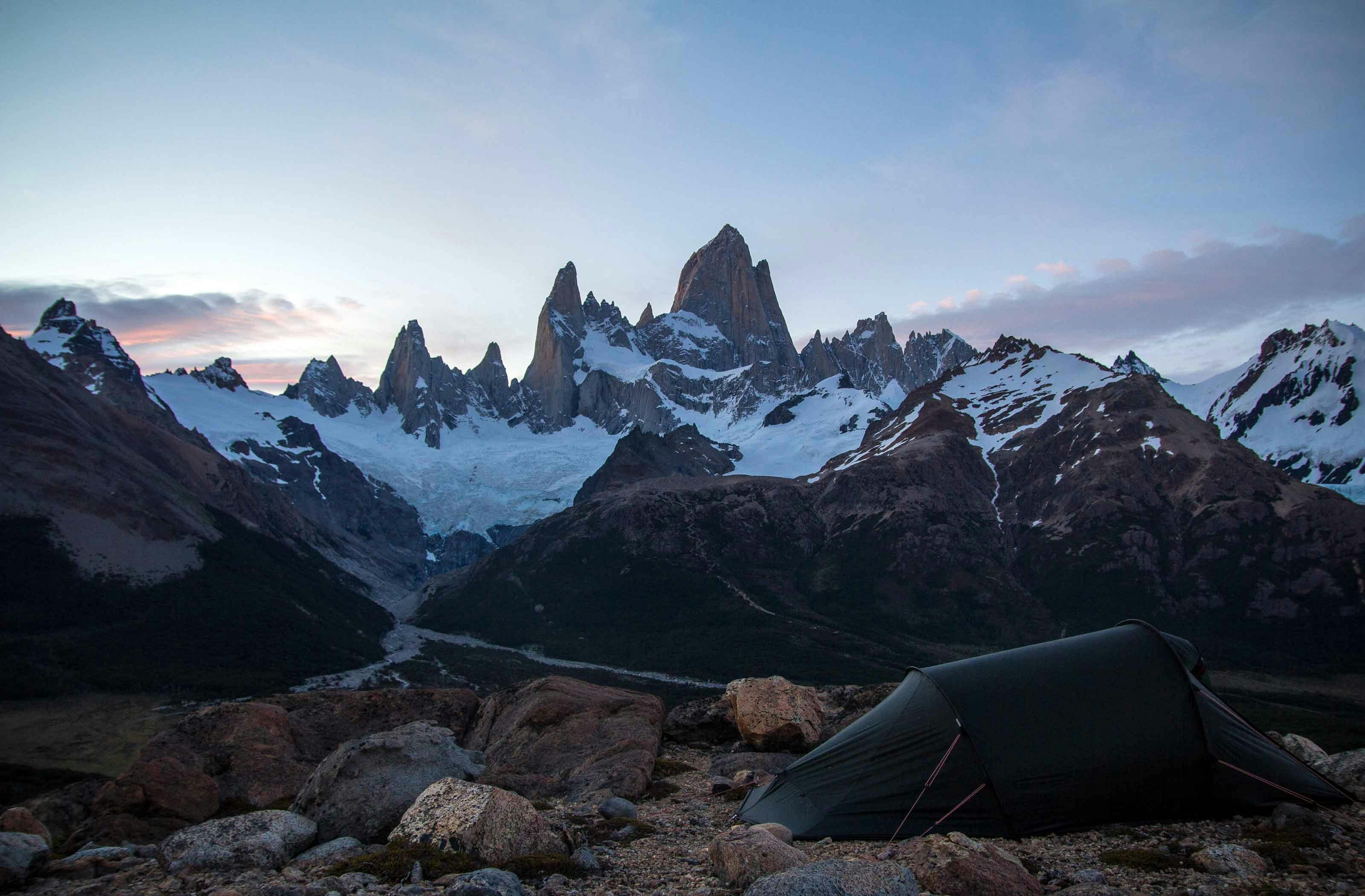
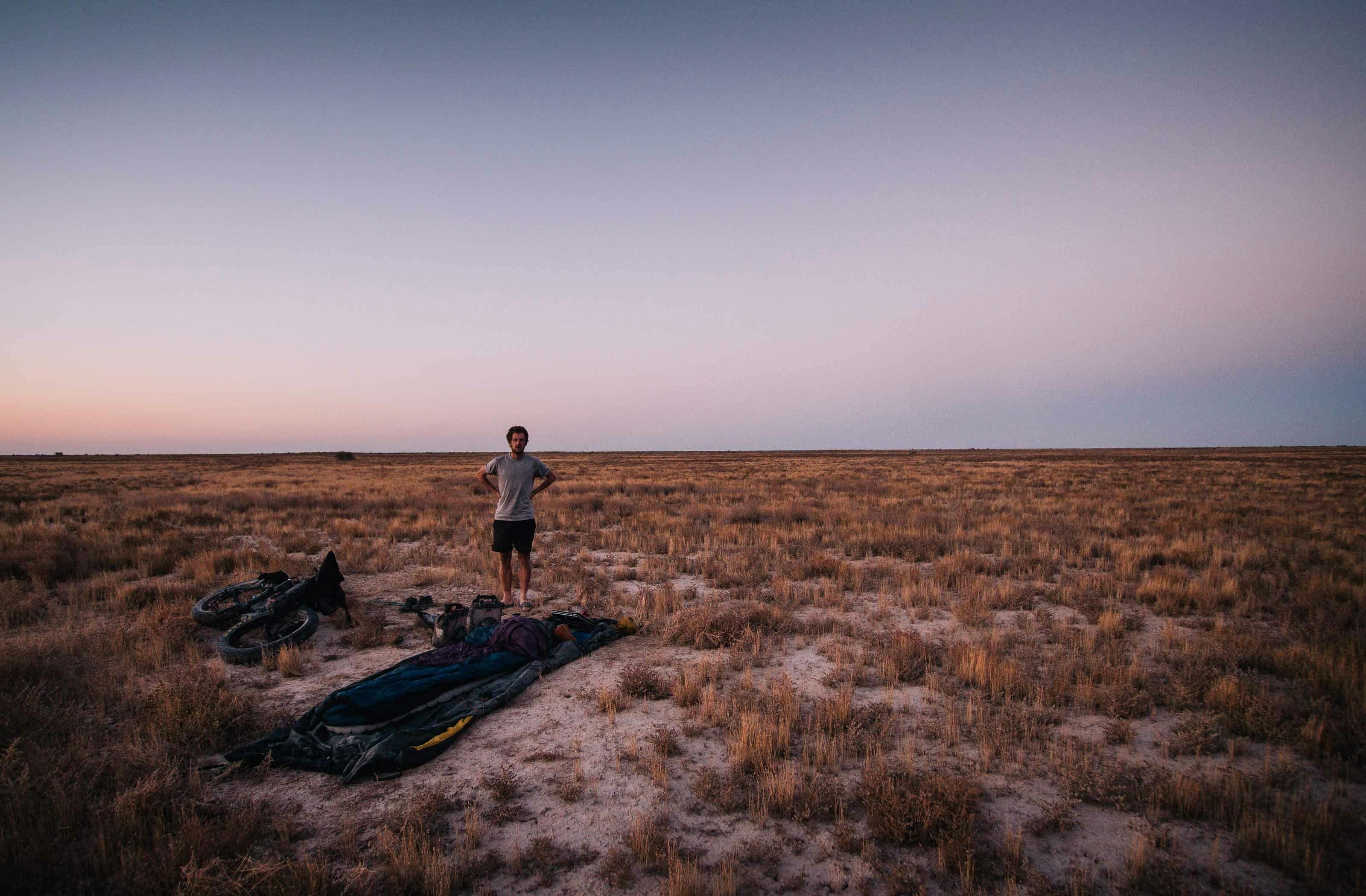
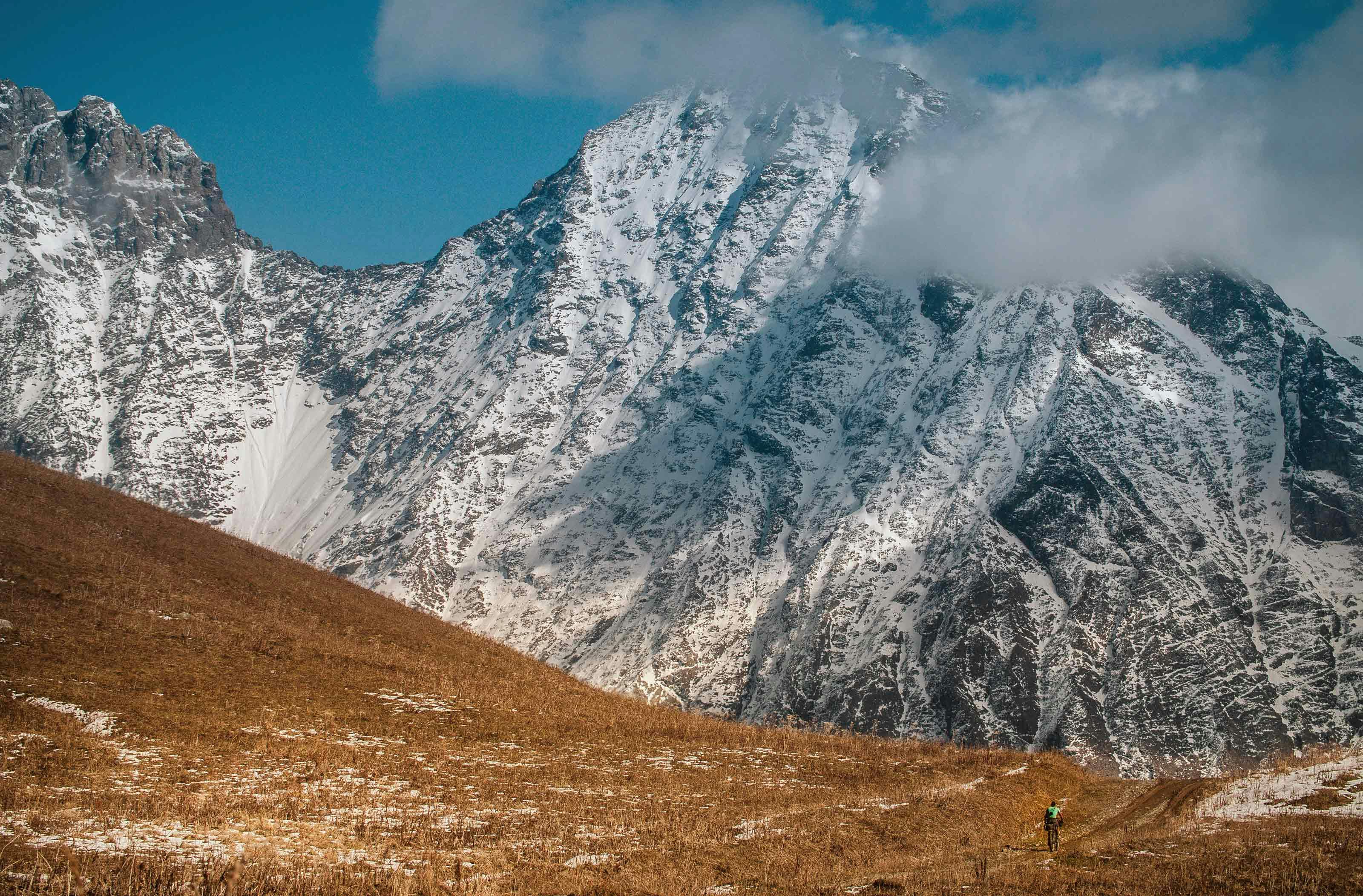
P: You need to be physically and mentally fit for this kind of trip. How did racing bikes at a decent level prior to your big trip set you up for your RTW trip, and this section in particular?
B: Yeh I was, well…I was a road cyclist who raced full time over in Belgium for a year but I really wasn’t very good… Physical fitness is always important; a lot of the mentally difficult moments in any sort of physical challenge can be countered with good physical fitness. If you’re feeling tired or weary, your legs and lungs hurt etc then the mind often follows the body down that path. But as people have said a thousand times before, mental strength really is key…
–
P: At Kendal Mountain Film Fest, you discussed how integrated Jack London quotes and references to offer an authoritative/experienced voice to your inexperience. Did you really feel like you had taken on something too much? What would you say to anyone wanting to replicate your journey through the Yukon?
B: There were certainly times that I found the challenge ahead of me fairly overwhelming. In fact a lot of those times were actually before I’d even set off, when you’re lying in bed at night and your mind drifts to what the next month or so will have in store. I found myself flittering between the sheer excitement of the pursuit but also of the dread and fear and uncertainty – how did I know whether what I was about to do was extremely foolhardy or not?! But I’ve learnt over the years of taking on these sorts of challenges that as soon as you get going things really do begin to fall in to place.
There’s a line in the film, “this is one of those moments where everything seems like its just fallen into place, there’s none of this questioning and worrying and thinking about what path to be leading, because as soon as you’re somewhere like this, it all kind of just makes a lot of sense.” There has to be a degree of difficulty, of discomfort and mental disquiet, to get you to the place that initially inspired the ‘challenge’. And so, rather conversely, it was up in northern Canada that I had some of the best and worst moments of my ride – but I don’t think one can come without the other. So for anybody wishing to replicate the ride through the Yukon I would say absolutely go for it, but before you do study the motivations for doing it. As long as your reasons for going are robust, they will serve as some of the strongest energies to pull you through the difficult moments.
–
P: And…the big question. What did you do at the top of the continent, once you’d left the warm loo block in Tuktoyaktuk?
B: It was really very hard to leave that warm bathroom!!! I spent a week hitch-hiking back down to Whitehorse and then, after a few more weeks spent in Canada putting the weight that I’d lost back on again I flew to Beijing, joined by three friends, and began riding westwards across Asia!
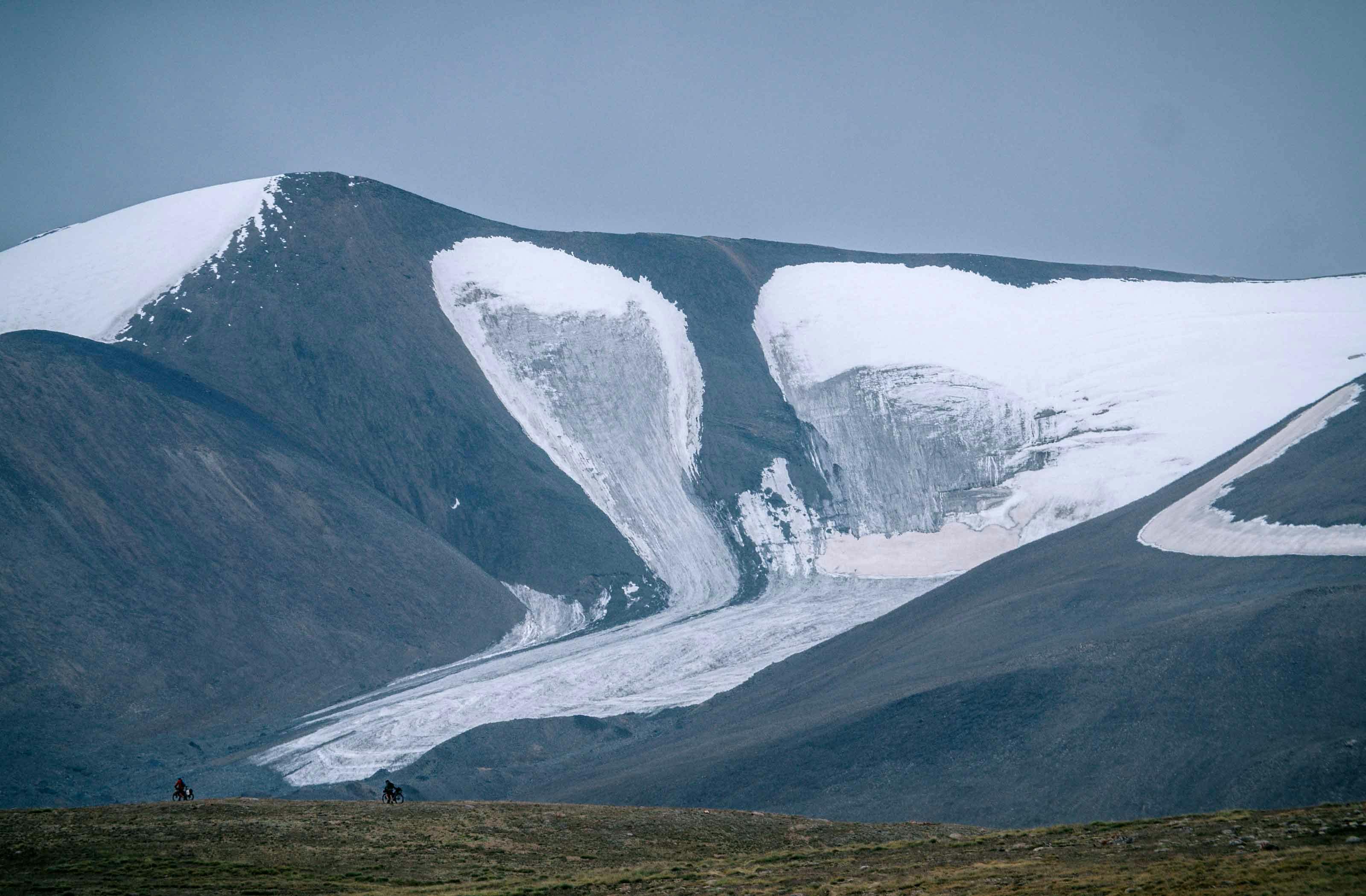

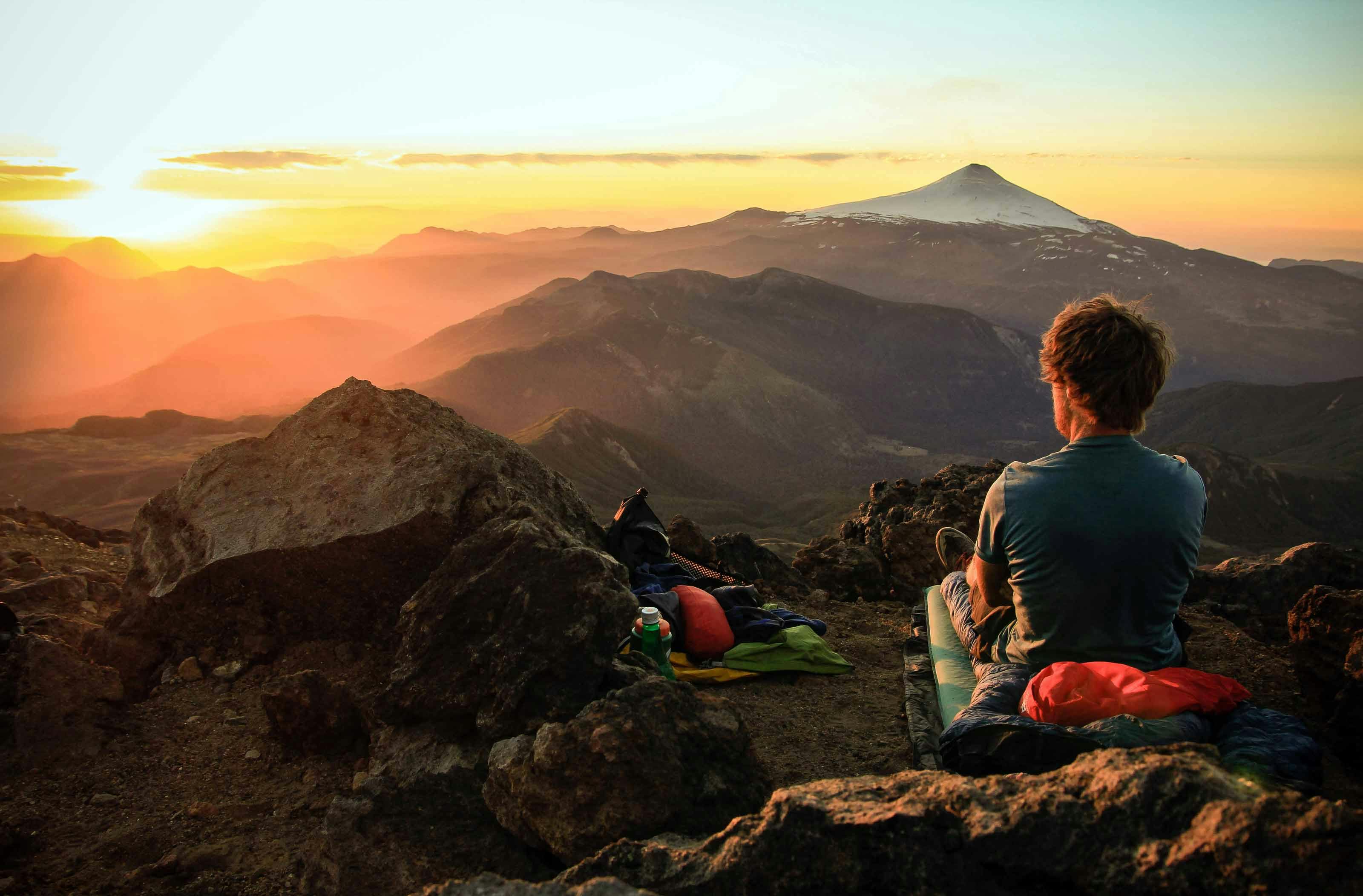
P: Hindsight. Would you take The Frozen Road route on again, or was it one of those ‘do it once’ things…
B: I definitely don’t need to do that ride again! However I have a number of other ‘adventures’ that I’m trying to get off the ground in the coming year which fill me with more excitement and fear than The Frozen Road did – as I say in the film, its important to stand on the edges of the map of your experiences and look what lies beyond. The Frozen Road widened that metaphoric map, but there is much more space beyond it.
–
P: Last but not least. If you were to choose a couple of 2-3 week sections of your round the world trip to ride again (/do as individual trips) what would they be?
B: That is almost an impossible question to answer! Kyrgyzstan? Patagonia? Mongolia? I think maybe it would be the Caucasus in Georgia, just beautiful mountains with incredible single and doubletrack riding. Trails that carry you over high snow covered passes before descending into the valley and stumbling through the medieval streets of the iconic fortified villages. The perfect recipe for a good ride though has to have some local flavour thrown in there too, and the Cachapurri (bread, cheese and egg) and Georgian ‘cha-cha’ are as worthy as they come. Cass Gilbert has crafted a 3-4 week traverse of the country that I would recommend to almost anybody!
–
P: Cheers Ben. Safe travels… Look forward to seeing more from you in this year, and beyond.

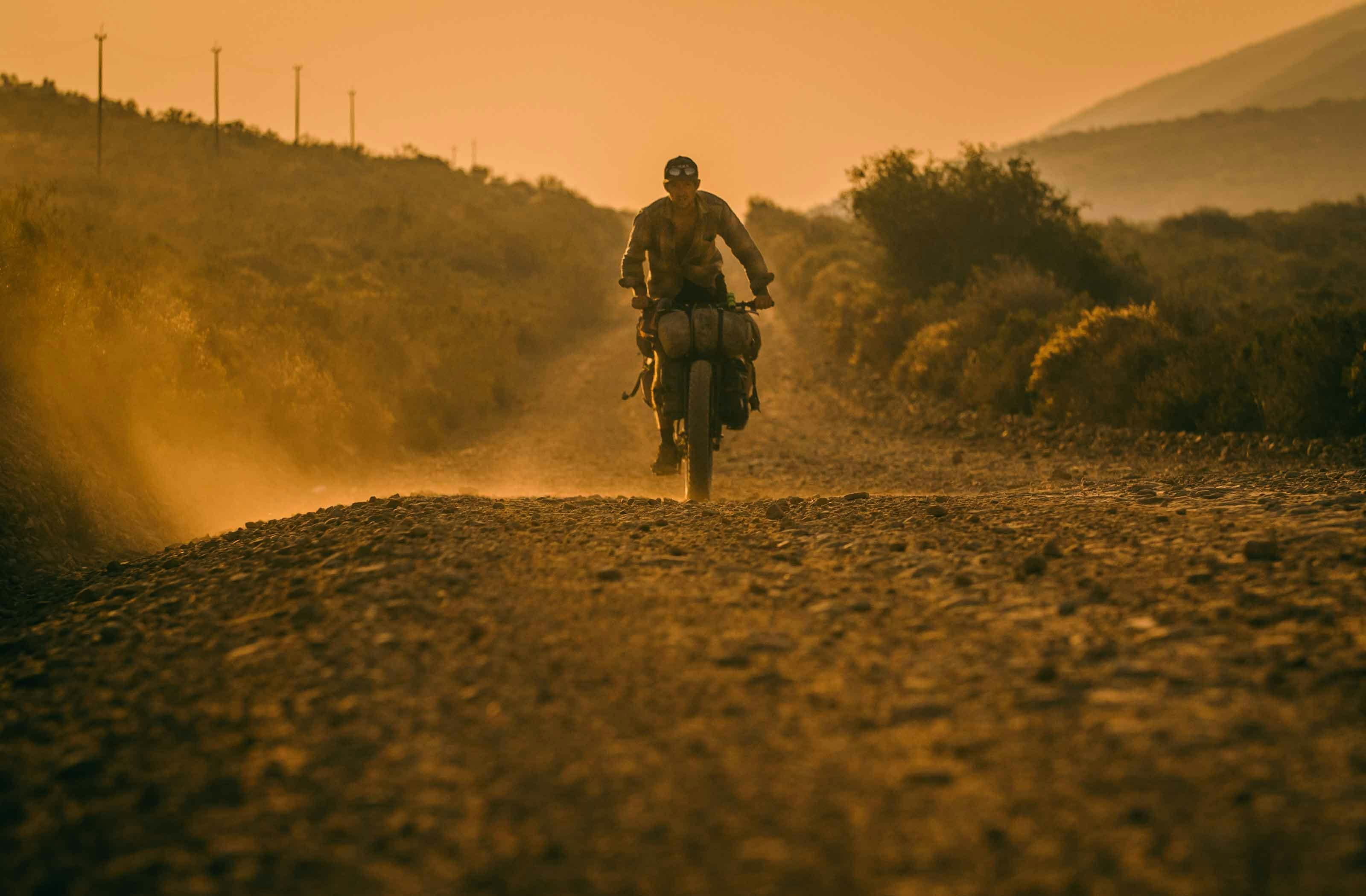

Ben Page
@benpagefilms